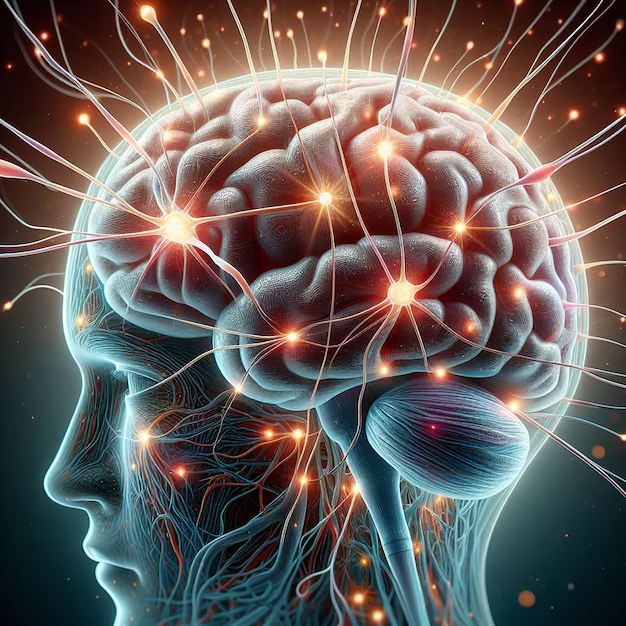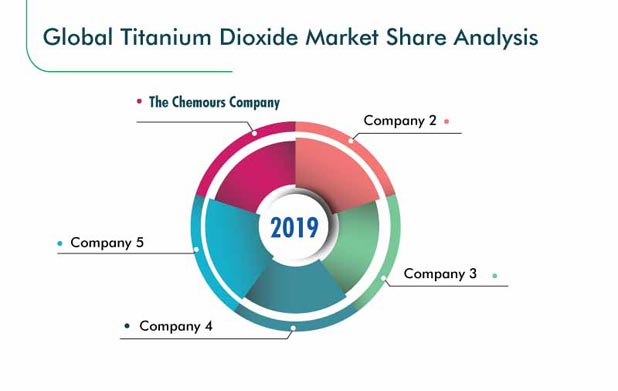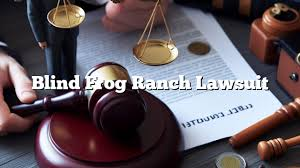Visuals play a crucial role in capturing attention and conveying messages effectively. In the digital age, graphics like clipart have become essential tools for content creators, marketers, and educators alike. They breathe life into text-heavy pieces, making them more relatable and enjoyable to engage with.
But what exactly is “clipart:ee-zgj_h1oc= brain”? This unique term refers to a fascinating collection of graphics that can help enhance your projects. Whether you’re designing a presentation or sprucing up social media posts, choosing the right visuals is key.
In this blog post, we will delve into the world of clipart:ee-zgj_h1oc= brain and provide practical tips on selecting the best graphics for your needs. Get ready to explore how these creative assets can elevate your content!
Understanding the Importance of Visuals in Content
Visuals are powerful tools in content creation. They grab attention and can communicate complex ideas quickly. In a world overflowing with information, images help cut through the noise.
People are naturally drawn to visuals. A well-placed graphic can evoke emotions and spark curiosity instantly. Studies show that our brains process images 60,000 times faster than text. This means using visuals can enhance understanding and retention.
Furthermore, visuals create an inviting atmosphere for readers. They break up large chunks of text, making your content more digestible. When combined thoughtfully with written material, they encourage engagement and interaction.
Incorporating relevant graphics not only enhances aesthetics but also strengthens your message’s impact. As you craft content, remember that effective use of visuals invites more eyes to your work while keeping them hooked longer.
What is clipart:ee-zgj_h1oc= brain
Clipart:ee-zgj_h1oc= brain refers to a unique collection of digital graphics designed to enhance various forms of content. These illustrations are often simple yet expressive, making them perfect for presentations, websites, and social media posts.
The charm lies in their versatility. From educational material to marketing collateral, these graphics can elevate any project. They help convey messages quickly and attractively.
With an array of styles available—from whimsical doodles to sleek icons—clipart:ee-zgj_h1oc= brain provides something for every taste. It allows creators to break the monotony of text-heavy designs.
Moreover, using clipart can save time and resources compared to custom illustrations. This makes it accessible for everyone from small business owners to educators looking for engaging visuals without breaking the bank.
Different Types of clipart:ee-zgj_h1oc= brain
Clipart comes in many forms, each serving unique purposes and audiences. You’ll find traditional clipart, which features simple illustrations often used for educational materials or casual designs. These images are usually flat and straightforward.
Then there’s vector clipart. This type is created using mathematical equations, allowing it to be resized without losing quality. Perfect for logos and professional presentations, vector graphics are incredibly versatile.
Photorealistic clipart adds a touch of realism with high-resolution images that capture details beautifully. It’s great for marketing materials where visuals must engage potential customers effectively.
Animated clipart brings movement into the equation. Ideal for digital presentations or social media posts, these lively graphics can captivate an audience’s attention instantly.
Each type has its place in design work; knowing when to use what can elevate your content significantly!
Pros and Cons of Using Clipart
Using clipart can be a double-edged sword. On one hand, it offers accessibility and convenience. You can find a vast array of images online that fit various themes and styles without breaking the bank.
However, there’s the risk of using overused graphics. Many creators opt for popular clipart options, which can make your content look generic or unoriginal. Your message may get lost in a sea of clichés.
Quality is another factor to consider. Not all clipart is created equal; some might lack resolution or clarity, diminishing your overall design.
Licensing issues also pose challenges. It’s essential to ensure you have permission to use certain pieces—there could be hidden costs involved if not done correctly.
Balancing these pros and cons will help you navigate the world of clipart more effectively in your projects.
Tips for Choosing the Right Graphics
When selecting graphics, consider your audience first. What resonates with them? Understanding their preferences can guide your choices effectively.
Next, maintain consistency in style and color palette. This helps create a unified look throughout your content. Mismatched visuals can distract readers from your message.
Quality matters too. High-resolution images will always stand out compared to pixelated alternatives. Invest time in finding clear and professional-looking clipart.
Pay attention to the context of use as well. Ensure that the graphics align with the theme or topic you are discussing. Irrelevant visuals may confuse rather than enhance understanding.
Check for licensing agreements before using any graphic source. Respecting copyright is crucial in maintaining credibility while avoiding potential legal issues down the line.
How to Incorporate clipart:ee-zgj_h1oc= brain into Your Content Effectively
Incorporating clipart:ee-zgj_h1oc= brain into your content requires a thoughtful approach. Start by aligning the graphics with your message. Choose images that enhance understanding and support your narrative.
Consider placement carefully. Positioning visuals near relevant text can help reinforce points and guide reader focus. This creates a cohesive flow between words and imagery.
Don’t overcrowd your content with clipart; less is often more. Select standout pieces that add value without overwhelming the audience’s attention.
Experiment with color schemes too. Harmonizing the palette of clipart with your brand colors can create a unified look, making your content visually appealing.
Always ensure you have the right licenses for any graphics used to avoid legal issues down the line while maintaining professionalism in every piece you share.
Conclusion clipart:ee-zgj_h1oc= brain
When navigating the vibrant world of clipart:ee-zgj_h1oc= brain it’s essential to approach your choices with care. Visuals can significantly enhance your content and engage your audience more effectively. By understanding what clipart is, recognizing its different types, and weighing the pros and cons, you’re better equipped for decision-making.
Choosing the right graphics involves considering context, coherence with your brand message, and the overall aesthetic appeal of your design. The way you incorporate these visuals into your content plays a pivotal role in their effectiveness as well.
Embracing clipart thoughtfully can elevate not just individual projects but also strengthen communication across various platforms. Keep experimenting with different styles and sources until you find what resonates best with both you and your audience. Each selection should serve a purpose while adding value to the experience you’re creating.
you may also read
puppy:1azdln0ha3y= golden retriever




